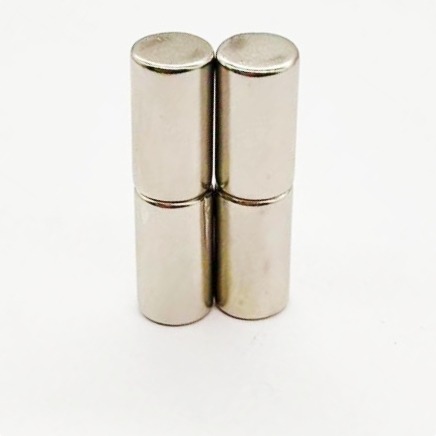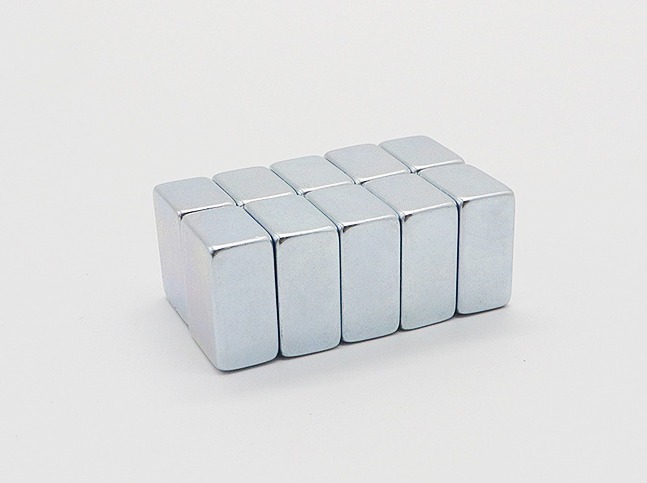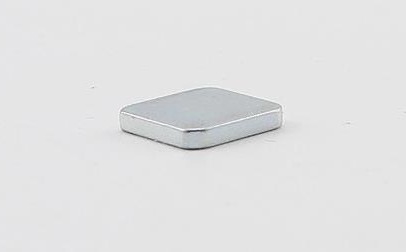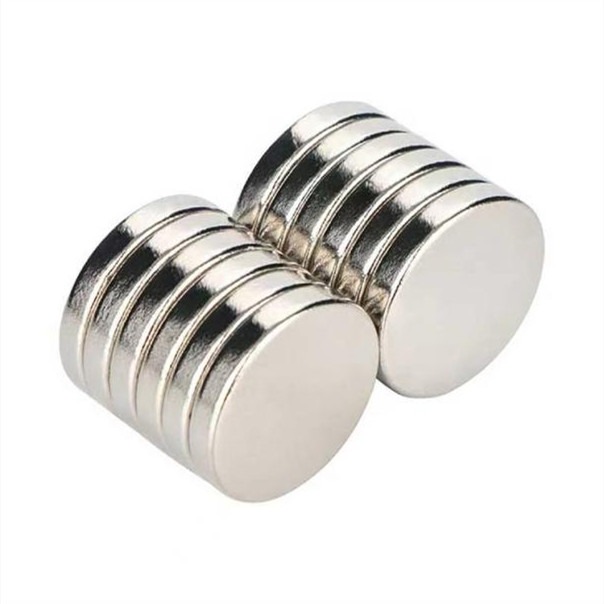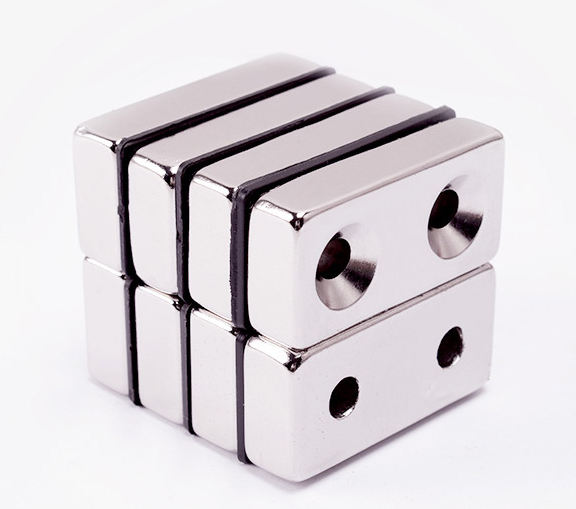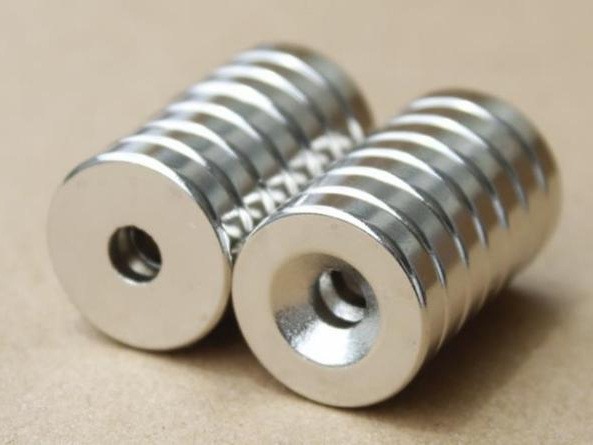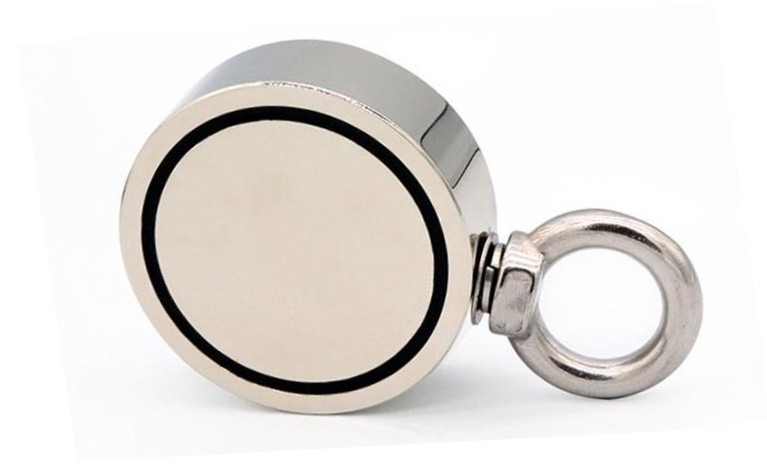5 Surface Treatment Processes of NdFeb
In this paper, five common surface treatment methods for Neodymium magnets will be introduced.
1. NdFeB Oil Removal
The oil stain on the surface of NdFeB is brought from the processing of materials, such as antirust grease used for antirust during storage and transportation, cutting fluid contacted by parts during cutting, etc. Before further surface treatment of NdFeB, the oil stain on the surface must be cleaned, otherwise the quality of chemical conversion, electroplating or coating on the surface will be affected.
Note: Degreasing can only remove the grease, dust, sweat stains and attached metal scraps on the NdFeB surface, but can not remove the rust on the magnet.
The problem of oil removal is very complicated due to the wide sources, various types and great differences in the degree of pollution.
In order to avoid corrosion and subsequent residue during degreasing, degreasers with low free alkalinity and total alkalinity shall be used as far as possible. Alkaline degreaser, emulsifier, and organic degreaser are less corrosive to neodymium iron boron. After degreasing and washing, they are easy to rust, forming yellow rust film.
2. NdFeB Pickling
NdFeB is easy to be oxidized, and neodymium is easy to absorb moisture. Shortening the processing steps can reduce the loss of NdFeB.
The links with greater corrosion to NdFeB are produced in the pickling process. Relatively speaking, dilute nitric acid+corrosion inhibitor is widely used, and the pickling time is required to be short. As dilute nitric acid is oxidizing, it is easy to cause neodymium iron to be oxidized. The dilute nitric acid quickly changes from colorless to yellow, and the main components are neodymium and iron compounds. Pickling time is too long, the surface ash, not easy to clean, pickling after the surface in an active state, more prone to rust.
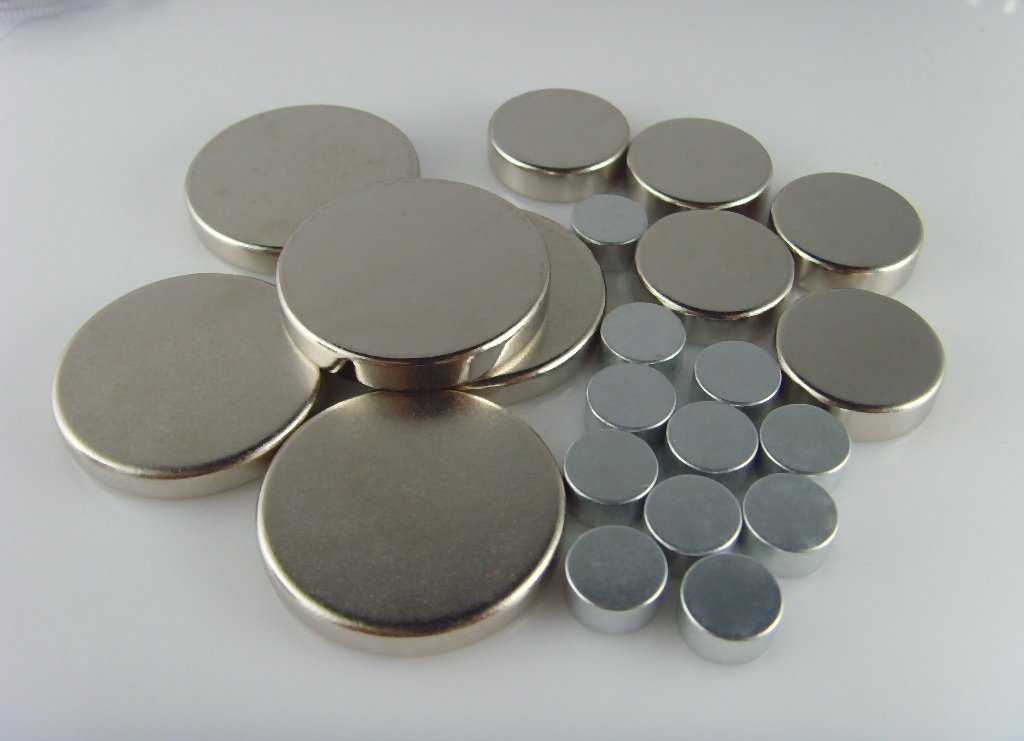
3. NdFeB Passivation
The production process of NdFeB is different from that of stainless steel, which is formed by smelting, mainly by powder making, bonding and sintering. Their intergranular structures are not dense, and Neodymium, iron, and boron are microporous materials containing adhesives.
- Strong oxidizing acid passivating solution will only increase corrosion.
- Alkaline passivation solution is used for iron based products (including stainless steel passivation, with relatively ordinary effect), and the general alkaline passivation solution is mainly used for Nd-Fe-B to temporarily prevent rust. The effect may be better after sealing treatment. In alkaline passivation treatment, oil removal, water washing, acid washing, water washing, passivation, water washing and other steps cannot be omitted. In addition, sealing, even alcohol washing, the man hour and cost are relatively large.
- Phosphating used for NdFeB surface treatment can only play a temporary role in rust prevention, and the process is complicated.
4. NdFeB Hole Sealing Treatment
NdFeB hole sealing is mainly used for pre-treatment of electroplating or electroless plating. Bubbles after spray painting also need hole sealing treatment.
5. NdFeB Four in One Treatment:
Based on the analysis of neodymium, iron and manufacturing process, the four in one process of oil removal, rust removal, passivation and hole sealing was developed. The four in one treatment is very suitable for NdFeB products with little oil on the surface and only floating rust (not rust spots), and the effect is better than phosphating. And it is very suitable for post-treatment process (post-treatment: electroplating, chemical plating, electrostatic spraying, epoxy resin).
The purpose of NdFeB four in one surface treatment is to develop simple and effective pretreatment. The more NdFeB treatment processes, the greater the loss.
KENENG is an expert in the production of NdFeB magnets, and is familiar with various manufacturing and surface treatment processes. We provide a variety of standard magnets, and you can provide drawings to customize the magnets. We hope that customers in need can contact us at any time.

